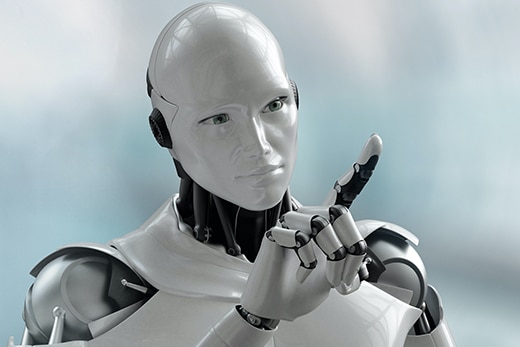OpenAI’s Ambitious Leap into Humanoid Robotics

OpenAI, the renowned artificial intelligence firm, is reportedly exploring the development of humanoid robots. This potential move marks a significant expansion of its existing intelligence software capabilities. According to recent reports, OpenAI has engaged in discussions about entering the robotics sector, specifically focusing on creating robots that resemble humans. While the company has a history in robotics, it previously abandoned its dedicated robotics division before the launch of its groundbreaking GPT-3 model. Nevertheless, OpenAI continues to invest in various robotics startups through its venture arm, indicating a sustained interest in this field.
OpenAI’s Robotics Aspirations
The Information recently highlighted OpenAI’s ambitions to venture into humanoid robotics. Sources familiar with the situation revealed that the company is considering the development of robots that closely mimic human appearance and behavior. However, the report did not clarify whether these discussions are in the early stages or if OpenAI has a concrete roadmap for this initiative. This uncertainty leaves room for speculation about the company’s future direction in robotics. OpenAI’s history with robotics dates back to its founding. The company initially established a robotics division but did not produce any tangible products or prototypes. In 2021, Wojciech Zaremba, a co-founder of OpenAI and the head of the robotics division, announced the division’s closure. He cited a lack of sufficient training data as the primary reason for this decision. The team believed that the existing systems could not achieve the desired level of intelligence necessary for effective robotics applications.
Despite this setback, recent developments suggest that OpenAI is reigniting its interest in robotics. Earlier this year, reports indicated that the company had opened several job listings for research engineers to join a new robotics team. The job descriptions emphasized the need for research focused on training multimodal large language models. This research aims to unlock new capabilities for robots developed by OpenAI’s partners, hinting at a collaborative approach to advancing robotics technology.
Investments in Robotics Startups
OpenAI’s commitment to robotics is further demonstrated through its investments in various startups within the sector. In February 2024, the company participated in a funding round for Figure AI, a robotics startup, alongside notable investors like Jeff Bezos, Microsoft, Nvidia, and Intel. This investment underscores OpenAI’s strategy to collaborate with emerging companies that are pushing the boundaries of robotics technology. Additionally, OpenAI has invested in 1X Technologies, focusing on integrating its advanced GPT AI models into the startup’s robotic systems. This partnership aims to enhance the capabilities of robots, enabling them to perform complex tasks more efficiently. In November, OpenAI also invested in Physical Intelligence, a startup dedicated to developing AI-based software that imparts human-like understanding and dexterity to robots. These investments reflect OpenAI’s vision of creating a robust ecosystem of intelligent robotics solutions.
While the specifics of OpenAI’s plans for humanoid robots remain unclear, the company’s recent advancements in AI models, particularly the o3 series, suggest a potential direction. These models are designed for advanced reasoning and could enable robots to execute a variety of real-world tasks in diverse environments, responding to verbal commands. As OpenAI continues to explore the intersection of AI and robotics, the future may hold exciting possibilities for humanoid robots that can seamlessly integrate into our daily lives.
The Future of Humanoid Robots
As OpenAI delves deeper into the realm of humanoid robotics, the implications of this venture could be profound. The integration of advanced AI with human-like robots could revolutionize various industries, from manufacturing to healthcare. Robots equipped with sophisticated reasoning capabilities may assist in tasks that require adaptability and problem-solving skills, making them invaluable assets in workplaces. Moreover, the potential for humanoid robots to interact with humans in a more natural and intuitive manner opens up new avenues for applications. These robots could serve as companions, caregivers, or even customer service representatives, enhancing the quality of human-robot interactions. The ability to understand and respond to verbal commands could make these robots more accessible and user-friendly, encouraging broader adoption across different sectors.
Observer Voice is the one stop site for National, International news, Sports, Editor’s Choice, Art/culture contents, Quotes and much more. We also cover historical contents. Historical contents includes World History, Indian History, and what happened today. The website also covers Entertainment across the India and World.

